Easy Roasted Pork Tenderloin and Apple Skillet
This Easy Roasted Pork Tenderloin and Apple Skillet is glazed in maple and whole mustard with thyme and a splash of cider vinegar. There are peeled and quartered shallots in it too! It is fancy enough for company but easy enough for a weeknight!
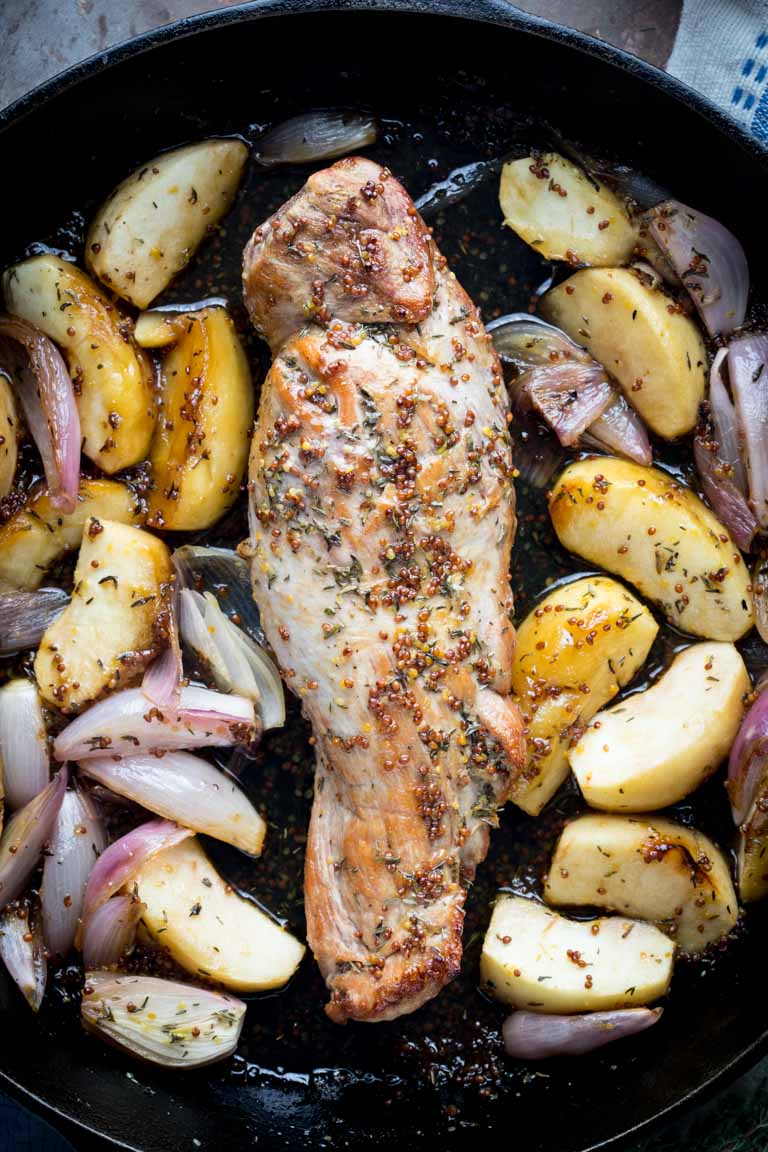
This post was originally published on October 29th, 2018. I have updated some of the images and added a video to share it with you again today. This post contains affiliate links.
Table of contents
Why Try This Roasted Pork Tenderloin and Apples Skillet
This recipe for Pork Tenderloin and Apple Skillet will take you all through the apple season, fall and into the holidays. You’ll return to it again and again for a one-pan 40-minute Sunday supper, or as an easy entertaining entree.
- It is made with apples, and therefore a great recipe for fall and early winter while apples are abundant and in season.
- Even though it is fancy enough to serve for the holidays, it’s made in one pan and takes slightly less than 40 minutes to make.
- The maple mustard glaze and the softened and lightly caramelized apples and shallots are sublime!
Made this tonight! Even though it was simple and quick and great for a weeknight meal, it was beautiful enough to serve for company! It was excellent. The flavors of the mustard, vinegar and maple syrup along with a hint of thyme were wonderful. A keeper for sure!
~Sue B.
Key Ingredients For This Recipe
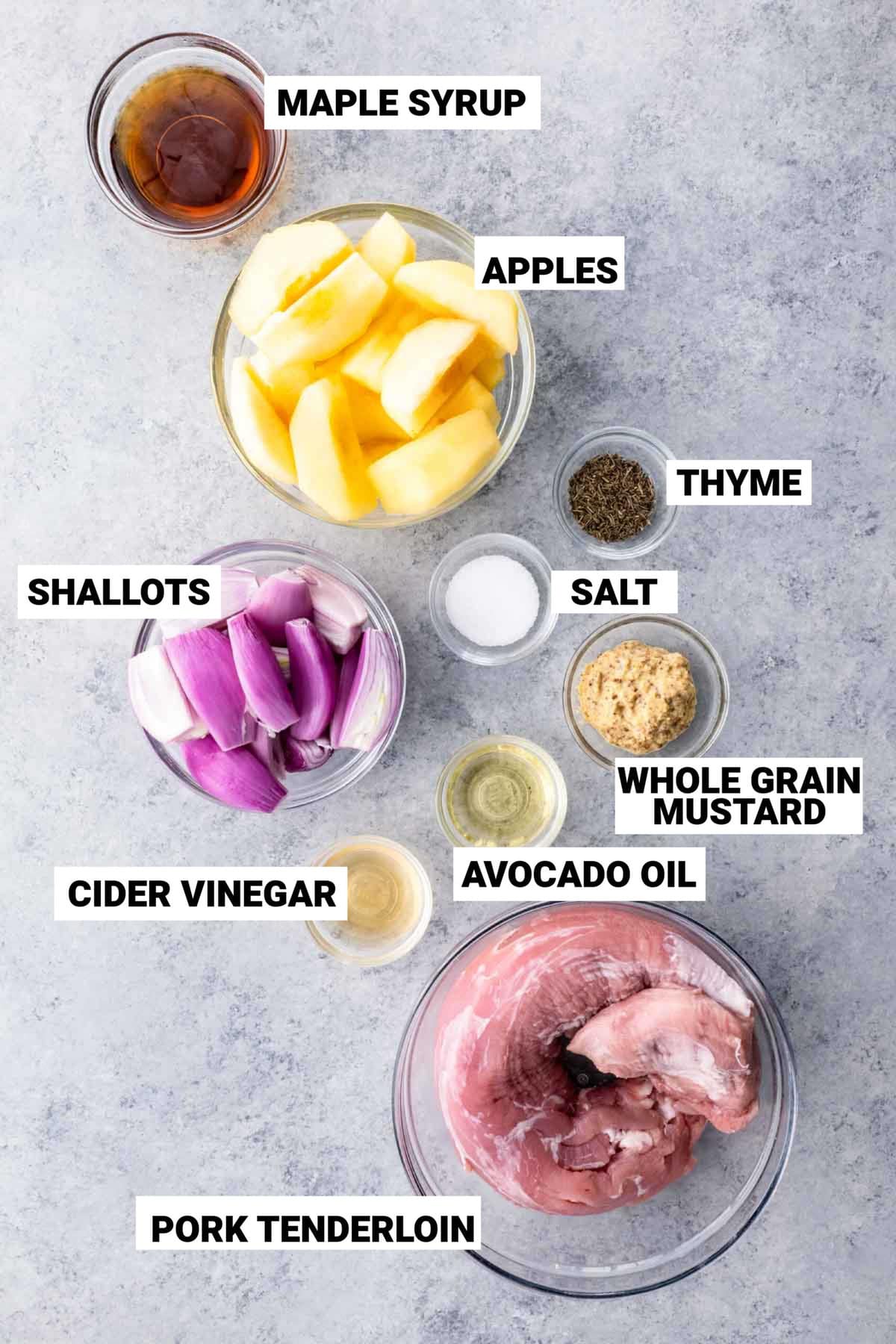
Pork Tenderloin
Look for a pork tenderloin that is about 1 1/4 pound. I like to purchase natural or Organic pork tenderloin that is not treated with sodium solution because it will sear better. However, it is fine to choose whichever fits your budget.
Apples
For this recipe you can choose from a wide variety of apples. My favorite for this recipe is Mutsu, Ginger Gold, Gala or Cortland. They have the perfect texture to hold their shape but will soften as they roast.
Note that it’s best not to use Macintosh apples. Or if you do want to use them, blend them with other firm apples varieties because they break down into sauce. (Save them for applesauce or to blend into cranberry apple pie or apple crisp.)
You can read more about apple varieties in my Apple Guide.
Shallots
Shallots are an allium bulb related to onions. They commonly have two lobes in papery onion like skin connected by their roots. Some will look more like a small mis-sshapen red onion and not have two distinct exterior lobes.
For this recipe you’ll need four whole shallots (up to 8 lobes.) Peel them and cut the root down to remove the core. Cut each lobe in half (ie quarter the shallot.)
Maple Syrup
For cooking, I always recommend looking for Grade A Dark Robust pure maple syrup. This will give you the best strong maple flavor. If you cannot find Dark Robust, you can substitute Amber Rich instead.
As a Vermont Sugarmaker myself, I urge you not use imitation maple syrup or pancake syrup like Log Cabin, Mrs Butterworth’s or Vermont Maid. These products are corn syrup that is artificially flavored with maple-like flavors and pale in comparison.
Mustard
I like to use whole-grain mustard for the sauce. If you cannot find a whole-grain mustard sub in coarse grain or brown mustard. Dijon would be too spicy and overpowering for the rest of the ingredients.
Step-By-Step Instructions

Step 1: Preheat Oven and Prep Ingredients
Preheat oven to 400 degrees F. Peel and cut your apples and peel the shallots. If there is any excess fat on the outside of your pork tenderloin, remove it with a sharp boning knife.
Step 2: Make Sauce
Stir maple syrup, mustard and cider vinegar in a small bowl.

Step 3: Sear Pork
For a great sear, make sure your skillet is blazing hot and make sure your pork is totally dry. That will give the tenderloin the best browned exterior color. The hot pan will ensure that the meat will not stick to the skillet.
Add the oil and swirl to cover the pan. Add in the pork and let it cook for several minutes. Then every minute or two for 6 to 8 minutes to sear all over.
Add the peeled whole shallots and apples sliced and sprinkle everything with salt and dry thyme.
Step 4: Roast and Glaze with Maple Mustard Sauce
Transfer the skillet to the oven, and let roast until the apples are browning on the bottom, about 5 minutes. Remove the skillet from the oven, stir shallot and apple mixture and drizzle the maple mixture all over the pork and apple mixture. Return the skillet to the oven and roast, stirring the apple mixture and turning the pork occasionally, until the pork registers 136 to 145 degrees F when tested with an instant read thermometer in the thickest part of the tenderloin, 12 to 15 minutes.

Step 5: Rest and Slice Pork To Serve
Remove the pork to a carving board or heavy platter and tent with foil. Let rest 10 minutes. Slice on a slight bias into ½-inch thick medallions. Serve the pork with the apples and shallots and any juices from the skillet.
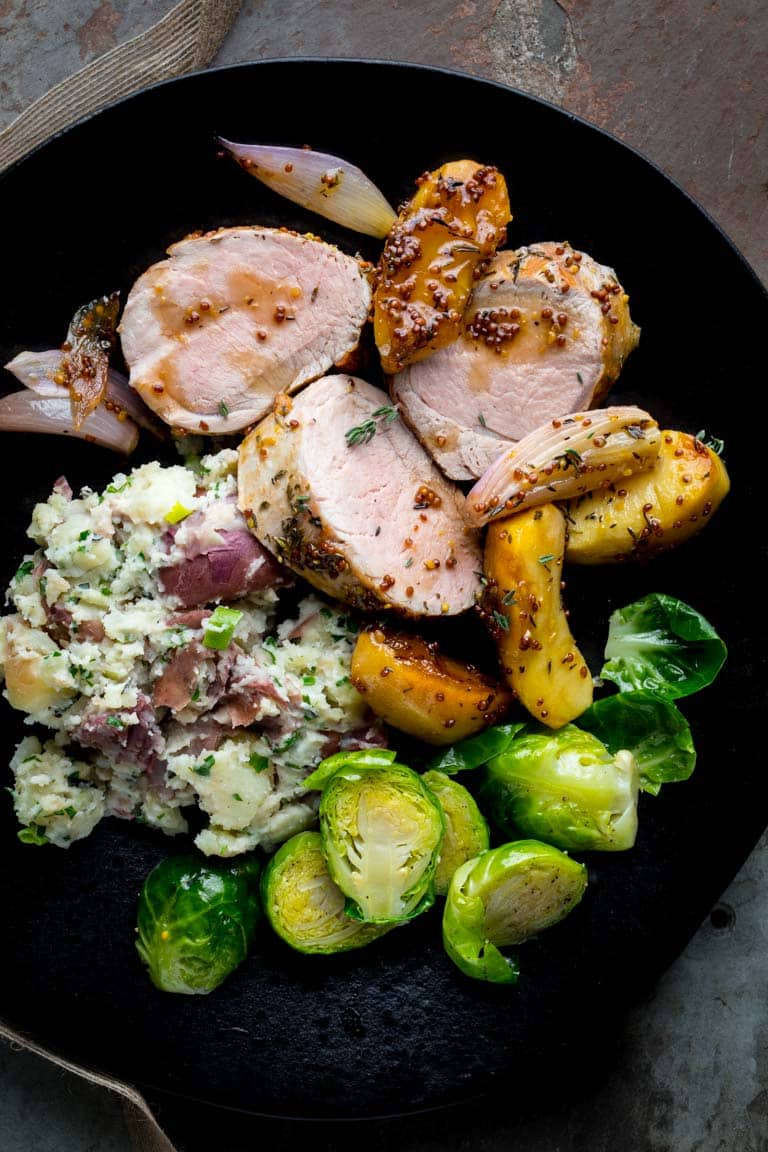
Expert Tips and FAQs
In this recipe, first sear the pork in the skillet. This will give the meat an appealing crust and browned exterior and will lend flavor to the skillet in the form of fond. Here are couple things to keep in mind:
ake sure that the oven is fully preheated before the skillet goes in. In this one I used a 400 degree oven. From there, roast the pork for 12 to 15 minutes.
Because pork tenderloin is incredibly lean it is really important to let it rest after it is roasted. I think it is better to let it rest for a full 10 minutes on a nice heavy platter with foil over it. That will ensure that there will be carry-over heat that will continue to cook it through. See above about internal temps.
When you cook meat the muscle fibers (yes that is what meat is, sorry to burst your bubble if you didn’t know that) denature and seize up. If you were to cut into the meat right when it came out of the pan and those fibers were still taught, then the juice held within would flow right out onto the carving board. Resting allows the muscle fibers to relax again and the juices stay inside when the meat is sliced.
Rest smaller cuts of pork, such as pork chops that are 1-inch thick or less for 3 minutes. Thicker cuts, such as this Easy Roasted Pork Tenderloin and Apple Skillet should be rested for longer. Up to 10 minutes. Pork loin roasts can be rested for 15 to 20 minutes
What Internal Temperature to Cook Roasted Pork Tenderloin?
- Here’s the problem: Pork tenderloin is not symmetrical. It is skinny on one end and fat on the other end. So poor little skinny end will be cooked through sooner. The National Pork Board recommends that you cook pork to 145 degreed F, then rest it for 3 minutes. But if you were to do that, the skinny end would be total sawdust.
- When I was testing this recipe, I had better luck pulling the pork out earlier than that, and letting it rest on a platter tented with foil for 10 minutes. That gave me a nice slightly rosy interior on the thicker end, and more well done pieces on the tail end. Keep in mind a couple of things, I temped it at a couple different spots. At narrower spots it was indeed at 145. At the tip it was even hotter. But at the very thickest part it was 136. I pulled it, put it on a heavy platter to hold in the heat and tented it with foil. I let it rest for a full 10 minutes.
- Note: Make sure you know where the sensor is in your thermometer. Some of them are deceptive and the sensor is actually an inch up from the tip! This is the instant-read thermometer I recommend.
- My advice is this: If you are concerned, feel free to go by the guidelines set out by the FSIS, and cook it to 145. Consuming undercooked meat puts you at risk for food-born illness.
What Goes with Pork and Apples?
The flavors in this easy roasted pork tenderloin and apple skillet are sweet and savory with a splash of acidity from apple cider vinegar- so it pairs well with simple earthy flavors like Cabbage and Potatoes.
- I served it with my Simple Steamed Potatoes with Herbs which are made with yogurt. The flavor of the potatoes, herbs, butter and yogurt taste awesome with the roasted shallots and thyme in the roasted pork recipe.
- I also made simple steamed brussels sprouts with olive oil, salt and pepper. If you were serving this at a dinner party for the holidays, I would make my roasted brussels sprouts with balsamic vinegar and thyme or my simple skillet green beans. These Roasted Rainbow Carrots are pretty!
- Other ideas are to serve it with Wild Rice Pilaf or my Vegetarian Thanksgiving Pumpkin Pilaf and a spinach salad with Apple Cider Vinegar Salad Dressing.
- For dessert, try my Gingerbread Sheet Cake with Cream Cheese Frosting or if you want something more simple these Vegan Hermit Cookies are so good. I just made some last weekend and they won me lots of brownie points!

More Recipes Like This You May Like
- This Roasted Pork Loin is brined and roasted with a maple mustard crust. It’s served with apple chutney and makes an impressive holiday meal.
- This One Pan Sausage, Potato and Apple Bake has a maple mustard glaze added to it for a burst of flavor.
- This Squash, Kale and Sausage Sheet Pan Dinner with Apples is another one-pan dinner to make in the fall and winter.
- in warmer months, try our Grilled Pork Tenderloin with Garlic Lemon and Rosemary.
- This Stove-top Pork Tenderloin is another way to make this easy healthy cut of meat.
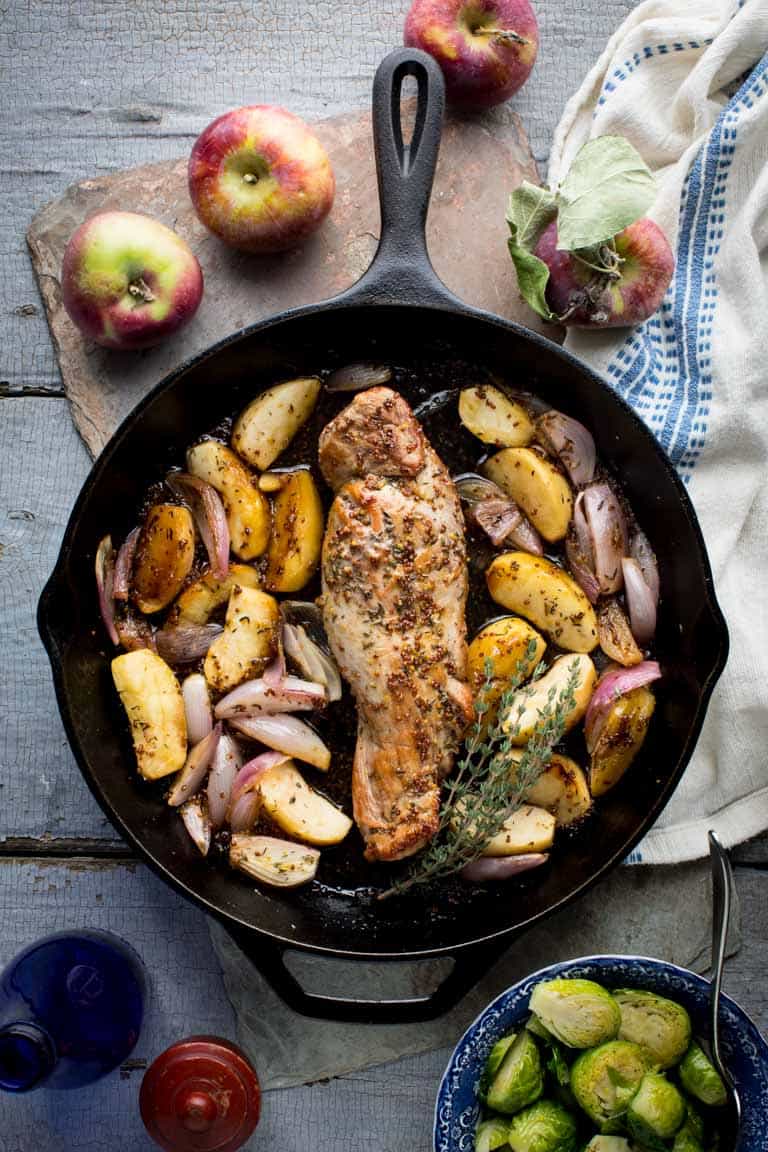
Thanks so much for reading! If you are new here, you may want to sign up for my email newsletter to get a free weekly menu plan and the latest recipes right to your inbox. If you make this recipe, please come back and leave a star rating and review. I would love to hear what you thought!
Happy Cooking! ~Katie
Print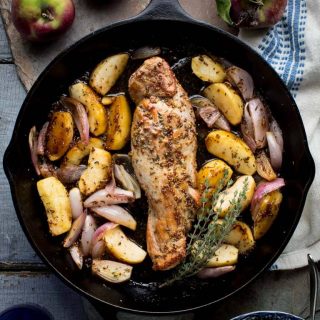
Easy Roasted Pork Tenderloin and Apple Skillet
- Total Time: 37 minutes
- Yield: 4 servings 1x
Description
Easy Roasted Pork Tenderloin and Apple Skillet with Maple Mustard Glaze, Shallots and thyme. A simple paleo-friendly and grain-free one pan recipe for entertaining during the holidays or for a weeknight meal.
Ingredients
1/4 cup pure maple syrup, preferably dark robust
2 tablespoons whole grain prepared mustard
2 teaspoons apple cider vinegar
1 tablespoon avocado oil or canola oil
1 pork tenderloin, about 1 1/4 pound
4 shallots, peeled and quartered
2 large apples, peeled, cored and cut into large wedges
1 teaspoon coarse kosher salt
1 teaspoon dry thyme
Instructions
- Preheat oven to 400 degrees F.
- Stir maple syrup, mustard and cider vinegar in a small bowl.
- Heat oil in a large oven-proof skillet over high heat. Add pork and cook, turning after a few minutes, then every minute or two until browned on all sides, 6 to 8 minutes total. Add shallots and apples and sprinkle with salt and thyme.
- Transfer the skillet to the oven, and let roast until the apples are browning on the bottom, about 5 minutes. Remove the skillet from the oven, stir shallot and apple mixture and drizzle the maple mixture all over the pork and apple mixture. Return the skillet to the oven and roast, stirring the apple mixture and turning the pork occasionally, until the pork registers 136 to 145 degrees F when tested with an instant read thermometer in the thickest part of the tenderloin, 12 to 15 minutes.
- Remove the pork to a carving board or heavy platter and tent with foil. Let rest 10 minutes. Slice on a slight bias into ½-inch thick medallions. Serve the pork with the apples and shallots and any juices from the skillet.
Notes
The USDA recommends that Americans cook pork to an internal temperature of 145 degrees F, followed by a rest of 3 minutes. Consuming undercooked meat puts you at risk for food born illness.
- Prep Time: 20
- Cook Time: 17
- Category: main course
- Method: Roasting
- Cuisine: American
Nutrition
- Serving Size: 4 ounces pork, 2/3 cup apples
- Calories: 256
- Sugar: 22
- Fat: 6 g
- Saturated Fat: 1 g
- Carbohydrates: 32 g
- Fiber: 3 g
- Protein: 24 g


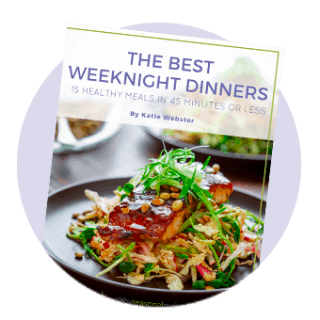

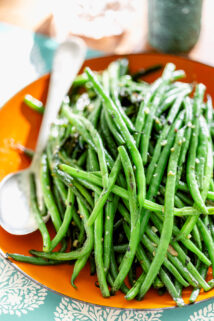

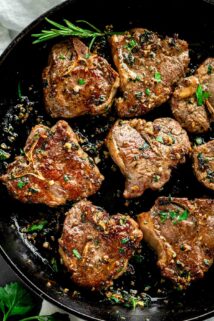
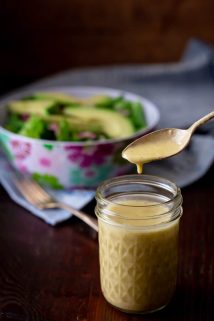


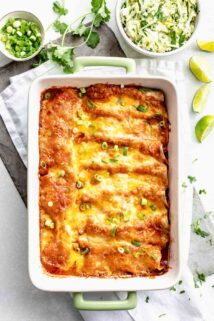
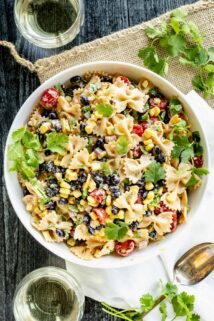

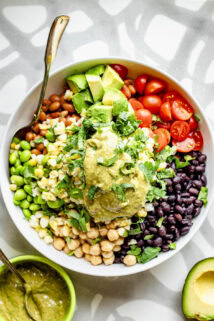

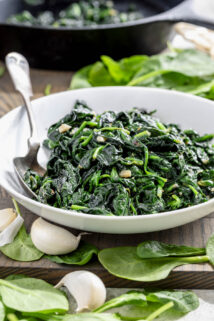
Loved this very delicious and easy to prepare pork tenderloin recipe! It is perfect comfort food especially for chilly/ cold weather nights. I served it with oven roasted potatoes and broccoli for a complete dinner.
Just a note: save yourself time and don’t bother to peel the apples 😉
Hi Jayne. Thank you so much for coming back by to let us know how it went. I am so happy you liked it!
Katie, this was delicious. The sauce with the apples and shallots was yum. And the pork loin was tender. Not hard to make and elegant. I paired it with string beans and potatoes. Next time I will double the recipe to have left overs. Thank you. I love your site. My friend just had bypass surgery and your cooking recipes are more healthy. ❤️
In your video, you showed a significant amount of liquid poured over the plated pork. Where did it come from? There is no way that the pork produced that amount of liquid.
It would also be nice to include potatoes in this recipe,
Thank you
Tracy Greenwood
Hi Tracy, As far as the video, TBH I paid a professional video team to create this recipe video for me and I too had a similar response when I saw the footage. I believe they used a bit of creative license when filming the “hero” footage. I have since parted ways with this team and have gone back to filming my videos myself to avoid any further issues like this.
I say all this, however I would like to point out that there is a sauce in the recipe. While the video depiction is not entirely accurate it is not a complete fabrication.
Regarding your note about potatoes, I think that’s a lovely idea. Please let me know if you do end up trying the recipe as I would love to know if you truly think this deserves a three-star rating once you cook it or if perhaps that was an unnessecary slight.
How can I make this wonderful recipe with thick boneless pork chops?
That would be amazing! Just make sure your skillet is big enough to handle them and the shallots and apples. Also temp them with an instant-read thermometer. They’ll cook faster than the tenderloin.